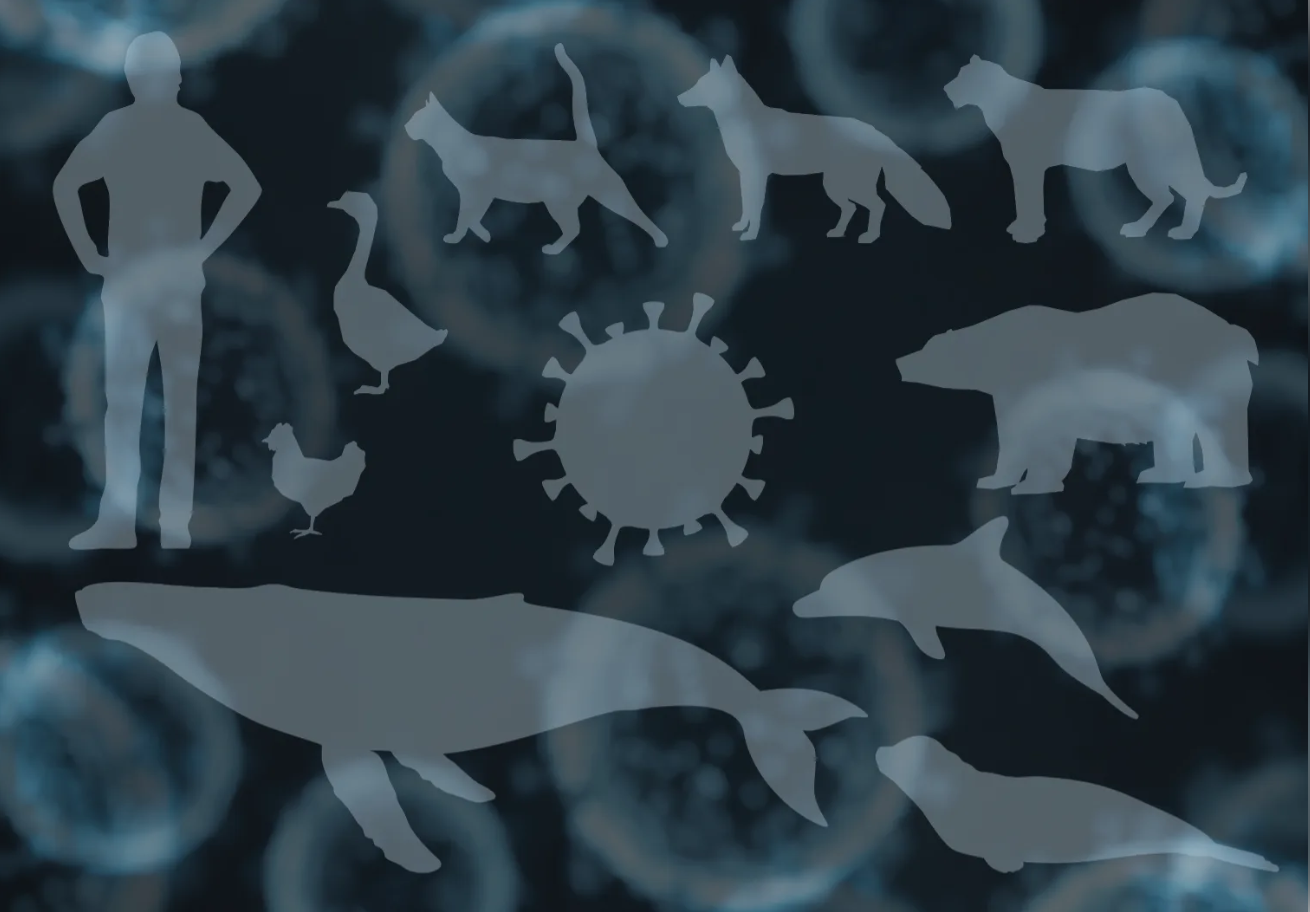By Mike Isbell
University of Georgia
The idea seemed like a logical one at the time. I thought it just
might work.
The problem the youth camp manager was facing was how to keep
honeybees away from the trash cans at camp. The trash cans
contained, not trash, but soft-drink cans with their sugary sweet
residue inside.
So what’s the big deal?
Well, a hundred or so kids at camp, tossing a couple hundred
soft-drink cans into the trash cans every day, attracted hundreds
of honeybees. If you think a kid wants to get near a trash can
buzzing with bees, think again.
Bees busy
Were the kids threatened by the bees around the trash cans? No.
The bees were too busy gathering food for the hive to be a threat
unless a kid swatted at one or drank from a can that a bee had
managed to get inside. Then they might be stung.
And that was what concerned the camp manager.
If the bees are so attracted to the sugar in the drink cans, he
thought, why not put out a bait station some distance away, just
for the bees, and attract them away from camp.
“Do you think that would work?” he asked.
“Well, it sounds like a good idea to me,” I said. “But let me do
a little research first.”
Not necessarily
I’ve learned over the years that just because something sounds
like a good idea doesn’t necessarily mean it is.
And this one wasn’t.
Keith Delaplane, a honeybee specialist with the University of
Georgia Extension Service, told me a bait station placed to
attract bees would only cause more bees to be attracted to the
trash cans.
Now why is that?
A bee out scouting for food would fly back to the hive to tell
the others it had found a new food source. But the other bees
wouldn’t necessarily get the whole message.
‘Hey, guys!’
I can imagine the scout bee flying to the hive and announcing
something like, “Hey, you guys! I found some new food. Come on!”
and then flying back out before it told the others where the food
was.
So the bees would fly out of the hive in a frenzy to intensify
their food gathering, but go back to the only food source they
knew: the trash cans.
Delaplane said honeybees don’t communicate as precisely as
scientists once thought. That “dance of the honeybee” may be just
that: a dance. It may not be a code giving directions to the food
source.
So what can the camp manager do? It’s fairly simple. Remove the
soft drink cans every day, keep the trash cans clean and covered
and move them farther away from the kids’ activities.
The same principles apply around your yard, too.
(Mike Isbell is the Heard County Extension coordinator with
the University of Georgia College of Agricultural and
Environmental Sciences.)




